





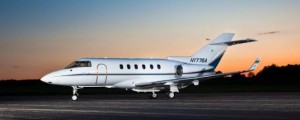
Operating costs are a key factor in determining the best aircraft for your needs. This Hawker 850XP has moderate estimated operating costs.
When DJI consults with a client about the ideal aircraft, we need to thoroughly understand the clients’ transportation needs in order to help them select the best aircraft.
Not surprisingly, acquisition cost is usually the most important factor. Of course, major considerations also include speed, range, cabin size and dispatch reliability of the aircraft.
But what sometimes surprises clients is the difference that operating costs can make to the total financial picture.
In some cases, operational costs can have such a significant impact on the total investment profile of an airplane that it becomes a financially sound decision to purchase a newer, larger, or otherwise more expensive plane that has lower operating costs. We will illustrate this as a case study in a future article.
What follows is a discussion of the key factors we consider as we guide our customers through the aircraft selection process.
Operational Costs
Operational costs include all of the expenses required to own and operate the airplane, including fuel, pilots and crew, scheduled and unscheduled maintenance, hangar, insurance and many other factors.
Operational costs are further divided into variable costs and fixed annual costs.
Understanding Variable Costs
Variable costs are linked to the number of hours the aircraft is flown.
Fuel is the largest operational expense. Just as smaller, lighter cars get better fuel economy than large SUVs and RVs; smaller, lighter aircraft are usually more fuel efficient. Smaller, simpler airplanes may have lower crew and maintenance requirements. Landing and parking expenses are also lower for smaller airplanes.
The table below lists the estimated cost per hour for five popular business jets.
| |
Citation CJ3 |
Hawker 850XP |
Challenger 300 |
Falcon 2000EX |
Gulfstream 550 |
| Total variable cost per hour |
$1,607.52
|
$2,695.24
|
$2,894.25
|
$3,137.12
|
$4,272.14
|
| Cost per Nautical Mile |
$4.20
|
$6.61
|
$6.91
|
$7.40
|
$10.08
|
Cost data in this chart is intended as a benchmark for illustrative purposes only.
Understanding Annual Fixed Costs
Whether the aircraft is flown or not, annual fixed costs accrue. Crew salaries, required training costs, hangar, insurance, avionics software updates, and many other expenses must be paid to keep the airplane ready to fly when you need it.
While some maintenance requirements are based on the number of hours flown, there are also maintenance requirements that are based on the age of the aircraft. These time-based maintenance items are counted as annual fixed costs.
The chart below illustrates the difference in annual fixed costs across these airplanes.
| |
Citation CJ3 |
Hawker 850XP |
Challenger 300 |
Falcon 2000EX |
Gulfstream 550 |
| Total Fixed Costs |
$336,951
|
$430,570
|
$703,552
|
$715,545
|
$958,478
|
Cost data in this chart is intended as a benchmark for illustrative purposes only.
The Best Solution for You
Of course your situation is unique. Most of our clients have a budget for their transportation needs, and finding the right balance of variable and fixed annual costs is just as important as the acquisition cost. In fact, the right mix of operational costs can be even more important to a successful ownership experience because they reoccur over time.
At DJI, we understand that it is our responsibility to ensure that you understand all of the factors that are important to you, including the variable and annual fixed operational costs. Our goal is to ensure your airplane buying experience is a positive one.
Brad Harris
Brad Harris is founder and CEO of Dallas Jet International. Mr. Harris holds a Bachelor of Science Degree in Professional Aviation and Airway Science and a Masters Degree in human resources from Louisiana Tech University. Mr. Harris entered the aviation industry in 1989 as a corporate pilot for a Fortune 500 corporation. In 1993, he started a successful aircraft leasing and renting company which expanded to a successful aircraft management company in 1995. In 1993, Mr. Harris began his aircraft sales career and, in a very rapid fashion, became one of the most highly respected aircraft brokers in the World. In 1998, Mr. Harris started an aircraft sales, consulting, and brokerage company that is known today as Dallas Jet International. Mr. Harris is a current airline transport pilot who is type-rated in ten (10) different jet aircraft including the Gulfstream 550, 450, 350, GV, GIV, GIII, GII, Hawker 125, Falcon 10, Citation 550/500, Beechjet 400, 400A, Lockheed Jetstar II, Diamond Jet and King Air 300/350. In the many different aircraft markets, Mr. Harris parlays extensive hands-on knowledge and experience into clear results for his clientele. In addition to Mr. Harris maintaining a career focus on aircraft sales, he also has extensive experience in aviation consulting and management. Included on his client list are several clients for whom Mr. Harris and his firm have set up flight departments, consisting of aircraft crewing, aircraft management, aircraft maintenance and aircraft operating budgets. He and the firm are currently managing a Gulfstream V, a Gulfstream IV, a Falcon 50, a Citation II, a Citation ISP, a Citation Mustang, a Hawker 400XP, and two King Air 350’s.What most people do not know about Mr. Harris is that he possesses significant entrepreneurial experience in real estate and commercial insurance. This business experience, combined with his unparalleled experience in all facets of corporate aviation, has been the foundation of success for Dallas Jet International and its clients.
 Dallas Jet International (DJI) is an aircraft dealer- which means we are always a buyer of corporate aircraft.
Dallas Jet International (DJI) is an aircraft dealer- which means we are always a buyer of corporate aircraft.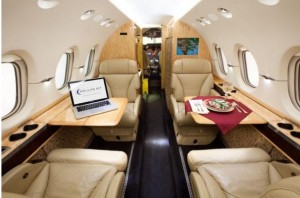
 NARA (National Aircraft Resale Association)
NARA (National Aircraft Resale Association) 
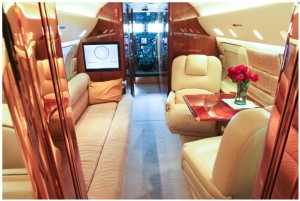

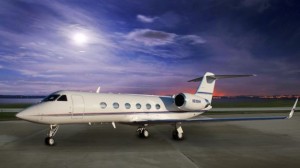
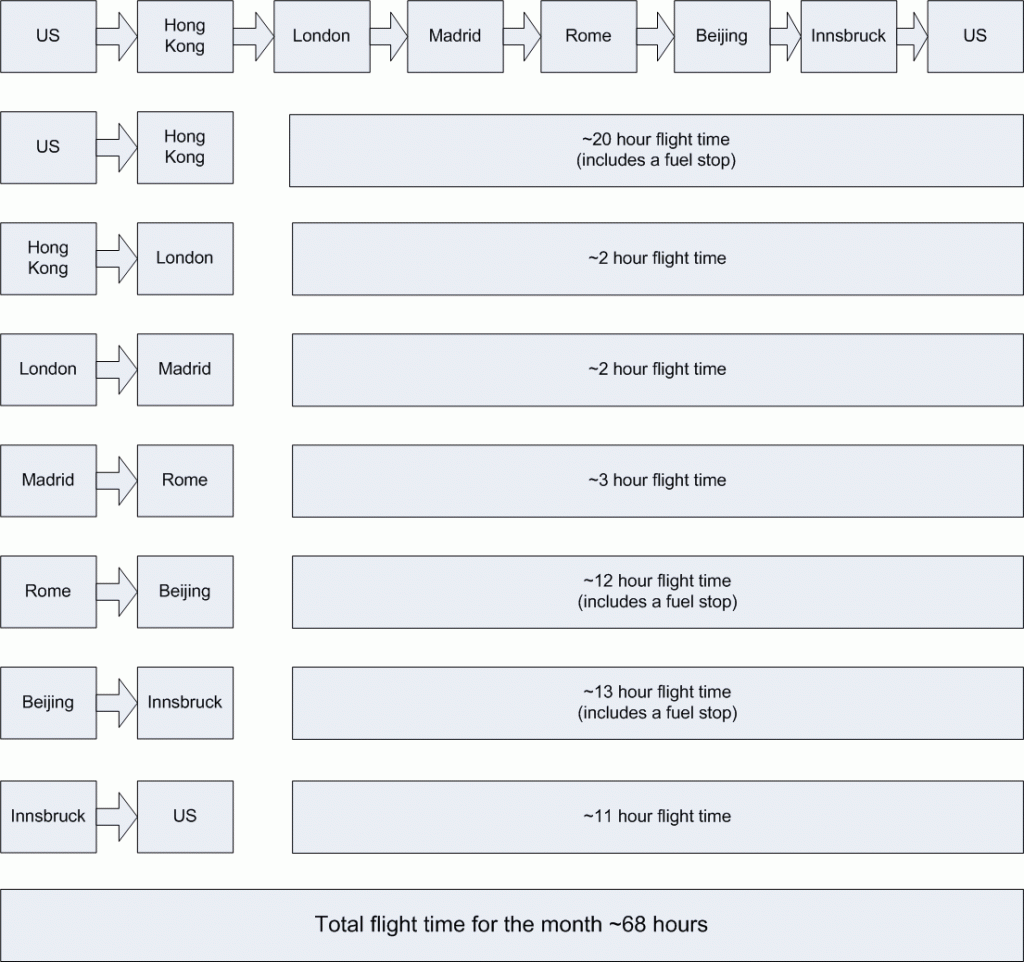


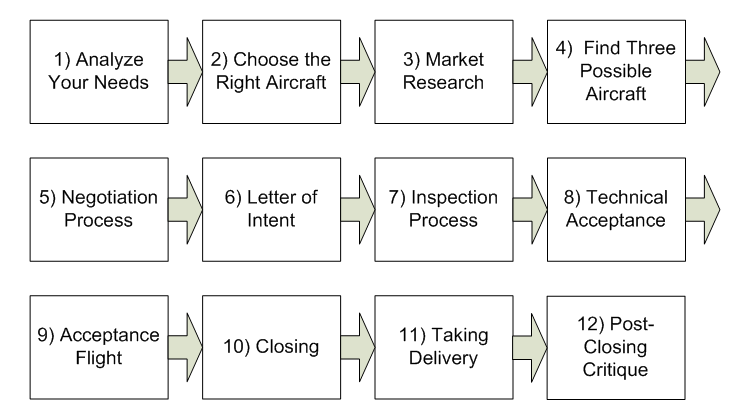
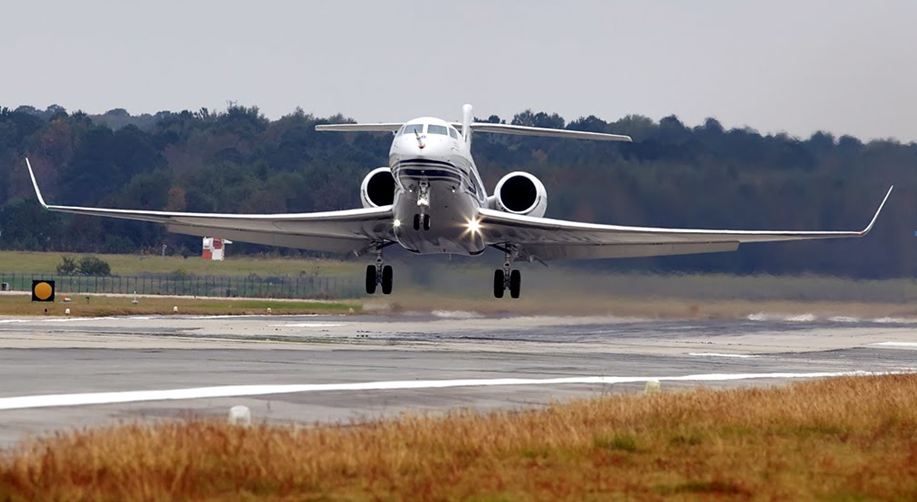


 Dallas Jet International (DJI) is a member of several professional and aviation associations.
Dallas Jet International (DJI) is a member of several professional and aviation associations.



